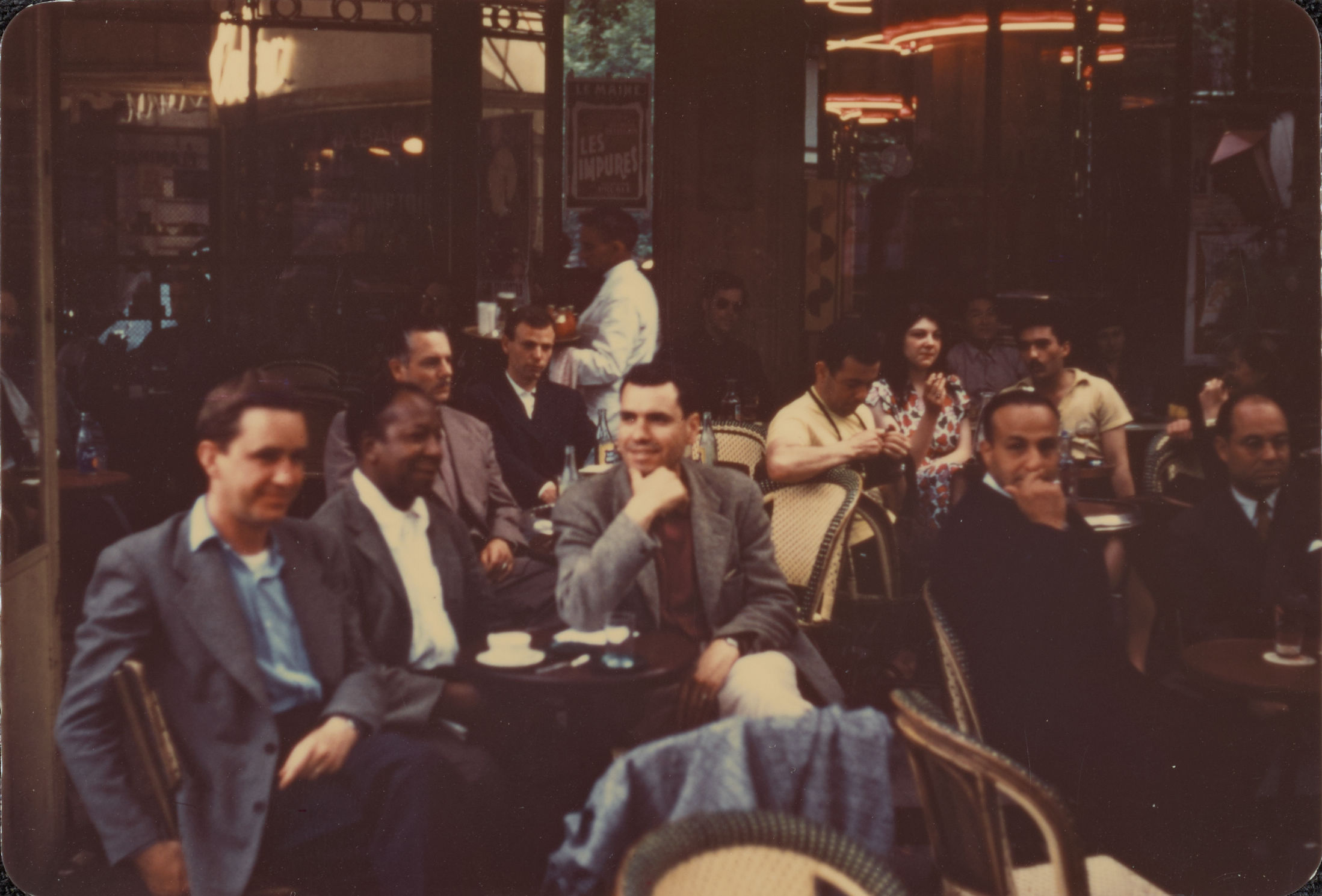The role of Paris as the capital of Western art since the 19th century is well recognized. It is also generally established that the City of Light lost this pre-eminence to New York after World War II. The history of Abstract Expressionism, the New York School and its heroes, Jackson Pollock and Willem De Kooning among others, thus became the prevailing narrative of art after 1945.
Nevertheless, many American artists, musicians and writers, both men and women, continued to travel to France to study and create. More than 400 artists in particular made use of the G.I. Bill scholarship between 1944 and 1953, which allowed any veteran to finance their studies, by enrolling at the École des Beaux-Arts de Paris or in the studios of the Grande Chaumière, with Fernand Léger or Ossip Zadkine. Some, following in the footsteps of their compatriots, settled in France permanently. These artists chose France for a range of reasons: the cultural appeal of Paris, its museums and its masters, the exploration of Europe, the possibility of creating without any real constraints thanks to the grant, the search for greater freedom, the desire to be elsewhere, to be in Paris as if on an island.
By studying three loose constellations of artists, the exhibition examines the way in which they contributed to renewing abstract art in France at a time when the world geography of art was being redefined. The first section examines art critic Michel Tapié’s attempt to bring together artists of different nationalities under the umbrella concept of “Art autre”. The second section shows that the peripheral position of the Parisian capital could constitute a place of artistic expression detached from a certain number of national, social or political issues. Finally, the third section explores how a group of artists, during their time in France, fundamentally reinvented geometric abstraction.
